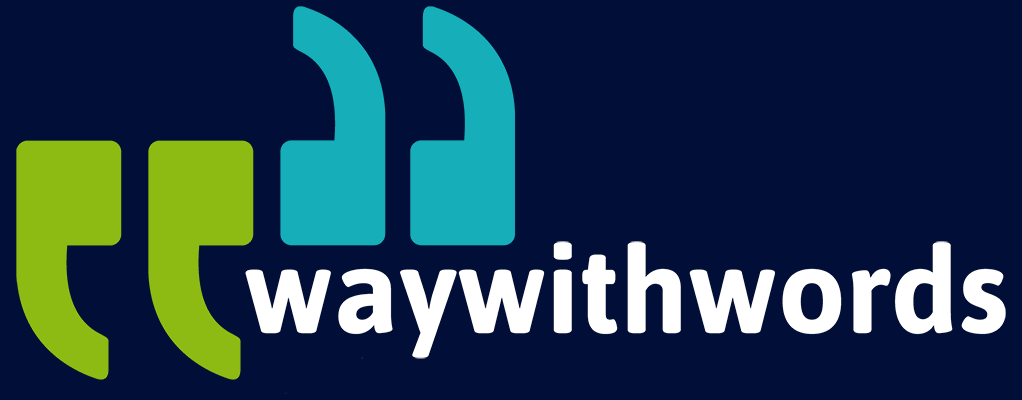How Do You Document Informed Consent in Audio Datasets?
Safeguarding Participants and Organisations Through Informed Consent
Documenting informed consent is one of the most critical steps in ensuring ethical compliance, participant protection, and data integrity. Whether the project involves creating voice datasets for artificial intelligence (AI), linguistic research, or human-computer interaction systems such as affective computing, clear consent practices not only uphold participant rights but also safeguard organisations from legal and reputational risks.
Understanding how to properly document informed consent, through written, verbal, or digital means, ensures that each participant willingly contributes their voice recordings, knowing exactly how and where those recordings will be used. This article explores the key considerations and procedures involved in documenting informed consent for audio datasets, including ethical rationale, documentation methods, accessibility strategies, withdrawal processes, and compliance with relevant legal frameworks.
Importance of Informed Consent
Informed consent lies at the heart of all ethical research and data collection practices. In the context of audio datasets, it refers to the explicit and voluntary agreement by participants to have their speech recorded, processed, and potentially shared for specific purposes. Unlike many other types of data, voice carries identifiable personal characteristics—it reveals gender, age, accent, and sometimes emotional or health conditions. This makes the ethical management of consent especially vital.
The importance of informed consent in speech data can be understood through several key principles. First, transparency is essential. Participants must be told exactly how their recordings will be used, whether for linguistic analysis, model training, or commercial applications. Second, voluntariness ensures that participants are not pressured or misled into contributing. They should understand that participation is entirely optional and that withdrawal is possible at any stage. Finally, comprehension is critical. Participants must fully grasp the implications of what they are agreeing to, including data storage, sharing, and anonymisation practices.
Ethically, obtaining informed consent aligns with international research standards and human rights principles. Legally, frameworks such as the General Data Protection Regulation (GDPR) in the European Union and the Protection of Personal Information Act (POPIA) in South Africa require explicit consent for personal data processing, including audio recordings. Without proper consent documentation, projects risk breaching these regulations, which can result in penalties, loss of funding, or project termination. In summary, informed consent forms the ethical and legal foundation upon which all responsible audio data collection must be built.
Methods of Documenting Consent
There are several methods available for documenting consent in audio dataset projects. The chosen approach should reflect the context of the project, local regulations, and participant accessibility needs. The most common forms are written, verbal, and digital consent, each with distinct advantages and considerations.
Written consent is the traditional and most widely accepted form. Participants sign a physical or digital document confirming their understanding of the project’s aims, data handling policies, and their rights. This form is ideal for institutional or academic research where clear records are required for audits or ethics review boards. The challenge with written consent lies in ensuring literacy and language comprehension, especially in multilingual or low-resource settings.
Verbal consent, on the other hand, is often used in fieldwork or remote audio collection where written documentation is impractical. In this approach, consent is captured through a short-recorded statement at the beginning of the audio session. The participant verbally acknowledges that they understand the purpose, use, and conditions of the recording.
For example, they might say: “I understand that my voice will be recorded for research on regional dialects and that my data may be anonymised and stored for future studies.” These recordings serve as timestamped consent evidence, meeting ethical and legal requirements if accompanied by metadata describing date, location, and interviewer details.
Digital consent has become increasingly popular in large-scale or remote projects. Participants provide consent through online portals, mobile apps, or electronic forms. These systems often include embedded timestamps, digital signatures, and IP tracking, which strengthen documentation reliability. In some advanced systems, participants can select levels of consent, such as allowing data use for research only, commercial applications, or both. Regardless of the method chosen, all consent documentation should be securely stored and linked to the participant’s anonymised dataset using non-identifiable metadata.
Accessibility and Comprehension
For consent to be truly informed, it must be accessible and comprehensible to all participants. Complex legal jargon or unfamiliar terminology can easily undermine understanding, leading to unethical or invalid consent. Therefore, the consent process must be designed with inclusivity in mind, adapting language and presentation to suit the target audience.
Plain language is a crucial first step. Consent forms should clearly explain what will happen to the recordings, how long they will be stored, and who will have access. Avoiding technical terms such as “data anonymisation” or “machine learning model training” without explanation ensures that participants do not feel excluded or confused. Using everyday language that reflects the local context builds trust and transparency.
Translations into local languages are equally important, especially in multilingual societies. Where possible, the consent form or audio script should be available in the participant’s preferred language. This step ensures comprehension and shows respect for cultural and linguistic diversity. In oral consent scenarios, interpreters or local facilitators may assist in communicating project details effectively.
Visual aids and interactive explanations can further improve comprehension. In community-based projects, showing examples of anonymised audio clips or diagrams illustrating data handling processes helps participants visualise what they are agreeing to. Researchers should also provide opportunities for participants to ask questions and seek clarification before giving consent. Finally, accessibility includes accommodating individuals with disabilities, such as offering audio versions of consent forms for visually impaired participants.

Right to Withdraw
A fundamental aspect of informed consent is the participant’s right to withdraw at any time without penalty. In audio data projects, this right must be clearly communicated and practically supported. Participants may change their minds for various reasons—privacy concerns, discomfort with how their voice is used, or misunderstandings clarified later. Ethical practice requires that withdrawal procedures are transparent, simple, and enforceable.
The first step is to ensure that participants know they can withdraw consent both during and after the recording session. Consent materials should explicitly state how to initiate withdrawal, whom to contact, and what will happen once withdrawal is requested. Ideally, each participant should be provided with a unique identification code or participant number that allows them to reference their recordings without revealing personal details.
Once a withdrawal request is received, project administrators should promptly locate and remove the corresponding audio files and related metadata from all active datasets. It is also good practice to confirm the withdrawal in writing or through a short message to the participant, providing reassurance that their data has been deleted. For large-scale collections where thousands of files are involved, automated data management systems can help ensure accuracy and compliance by linking consent records with dataset tracking systems.
Institutions and companies should also define clear policies regarding the limits of withdrawal. For example, if data has already been anonymised or integrated into aggregated models, it may no longer be technically possible to remove a specific individual’s contribution. Participants must be informed of this limitation at the time of consent. In all cases, prioritising respect for participant autonomy reinforces ethical integrity and strengthens public trust in the research or organisation.
Regulatory and Institutional Guidelines
Informed consent documentation for audio datasets operates within a framework of international, national, and institutional regulations. These guidelines ensure that participants’ rights are protected and that data collectors maintain accountability.
The General Data Protection Regulation (GDPR) in the European Union sets a global benchmark for data protection. It classifies voice data as personal data and, in many cases, as biometric data when used for identification purposes. GDPR requires explicit, freely given, and documented consent before any processing can occur. It also emphasises participants’ rights to access, rectify, and erase their data, aligning closely with the right to withdraw principles discussed earlier.
In South Africa, the Protection of Personal Information Act (POPIA) provides a similar structure, mandating lawful processing and explicit consent for personal information, including recorded speech. POPIA also requires organisations to specify the purpose of collection and to protect data against unauthorised access or misuse.
Academic and institutional ethics boards often supplement these legal frameworks with detailed operational requirements. For instance, universities typically require researchers to submit consent forms, participant information sheets, and risk assessments for approval before any recording begins. These institutions may also conduct periodic audits to ensure compliance with approved protocols.
For multinational projects, researchers and data managers must be aware of cross-border data transfer laws. Some regions prohibit the transfer of personal data to countries without adequate protection standards. Therefore, consent documentation should also include clauses informing participants about any international data sharing. By adhering to these guidelines, data collectors not only meet regulatory expectations but also build trust and credibility with funding bodies, collaborators, and participants.
Resources and Links
Wikipedia: Informed Consent – This article provides a detailed overview of the ethical and legal foundations of informed consent in both medical and research contexts. It explains how informed consent safeguards autonomy and transparency, outlining legal requirements and historical background.
Way With Words: Speech Collection – Way With Words offers a comprehensive speech collection service designed to create high-quality, ethically sourced voice datasets. Their approach ensures that participant consent, privacy, and data security are maintained across every project. By using advanced collection and processing systems, they help clients achieve reliable, compliant datasets for AI, linguistics, and technology applications.
